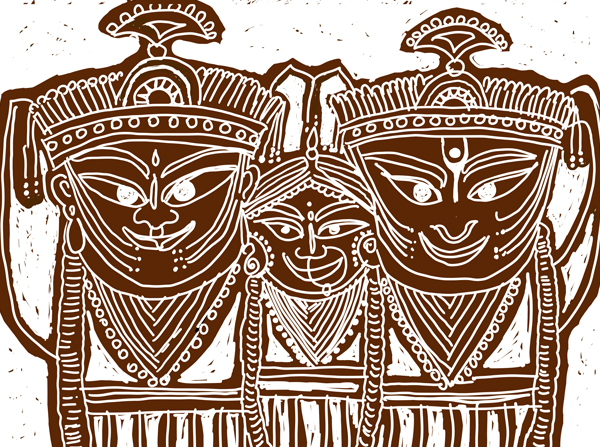
The Oriya poet Sarla Das from 15th C. reveals through his poetic works the not so apparent connection between Jagannath of Puri and Shri Krishna of Dwarka .
Das, a poet born in a farmer’s household wrote the Oriya version of Mahabharata, which is one of the first retellings of Mahabharata in a regional language. Written in dandi meter of bardic poetry, the characters in Oriya Mahabharata speak in the voice of tribal people. Although Sarla Das followed the themes and plots of the original epic, he also added folk stories, colloquialisms and depictions of local Oriya life in his telling of the Mahabharata.
The story of Jagannath is one such tale found in Sarla Das’s work in Maushala Parva of Mahabharata. The narrative begins at the point when the entire Yadava clan has perished in the war and Shri Krishna too has lost his life to the poisonous arrow shot by hunter Jara who mistook the reclining (sleeping) Krishna’s feet for the ears of a grasing deer. Das departs from the original story at this point and inserts the following story indicating Krishna’s association with Sabara tribe , hinting that Krishna as Jagannath could have been originally a tribal deity.
The story proceeds in this manner…
Arjuna while searching for Krishna in the aftermath of the war stumbled upon the dead body of Krishna. Grief stricken and heartbroken at the lose of his dearest friend, Arjuna tried to cremate the body according to the shashtras, but could not. Just then a voice from the heaven told Arjuna to float Krishna’s pinda* in the ocean. Ajruna with heavy heart obeyed the heavenly command and set Krishna’s pinda in the waters. Meanwhile Narayana ( Krishna) hid himself among Sabars** in the forest by incarnating himself as Madhava, and sabaras began worshiping him ( Krishna) in the image of Sabrinarayan. When the Vaishnavite King of Puri came to know that Vishnu/Krishna is living among the sabars, he sent an emissary to locate and retrieve him. The Brahmin Vasu, emissary of the King spend years searching for Madhava and finally succeeded in locating him. But before Vasu could formally request Madhava to accompany him to the King’s palace, Madhava vanished from view after advising Vasu to tell the King to install a stone deity at Puri.
Much later, King Indradumnya learnt of the local legend of Puri and set out on the expedition to find Krishna’s pinda set afloat by Arjuna. Having built a temple at Nilagiri ( Puri) Indradumnya went in search of the deity. While roaming in the forest, Indradumnya dreamt of the deity hiding in the woods. A sabara tribal by name Bishwabasu advised him to look for a log of wood in a well at the Rohini Kunda in Puri. Indradumnya found the log of wood, and assigned a brahmin preiest and Sabar Bishabasu to retrieve the log. Having retrieved the log from the well, a sthapathi or sculptor was assigned to carve the icons out of it. But the sthapathi disappeared without completing the icons of the deity. The brahmin priest Vasu identified the icons as Jagannatha as Vishnu, Balaram as Shiva and Subhadra as Brahma. The king ordered that families of the brahmin Vasu as well as sabar Bishwabasu would be the custodians of these deities.
The story hints at the tribal origins of Krishna. And according to some scholars Krishna was indeed a tribal hero before the Puranic age.
(https://scroll.in/article/814754/how-lord-krishna-was-transformed-from-a-tribal-deity-to-a-supreme-god-in-the-puranic-tradition)
*Pind is a rice ball prepared during the Shraddha or funerary rites performed by Hindus. Shraddha is a homage to departed ancestor. A pinda or rice ball symbolises the pitr or ancestor to whom the offering is made. ( Hindu World: Benjamin Walker)
**The Sabar (also Savar and Saora) are one of the adivasis or tribals belonging to Munda ethnic group who are found mainly in eastern regions of India. Sabar tribe finds mention in the Hindu epic Mahabharata, are considered to be forest dwelling tribe, who rely on the forests for their livelihoods. ( source: wikipedia)
Story collected by: Vidya Kamat
Text Source: Shri Krishna Jagananth: The Mushali-Parva from Sarla’s Mahabharata By Bijoy M. Mishra
Location: Orisa/Odisha
Image copyright: Vidya Kamat







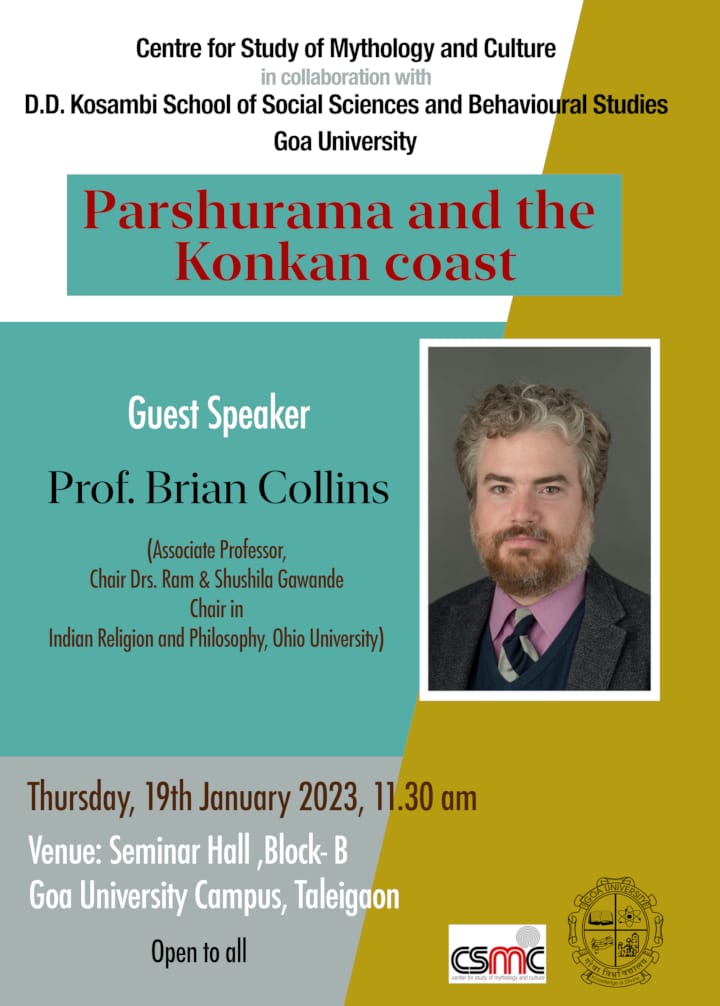
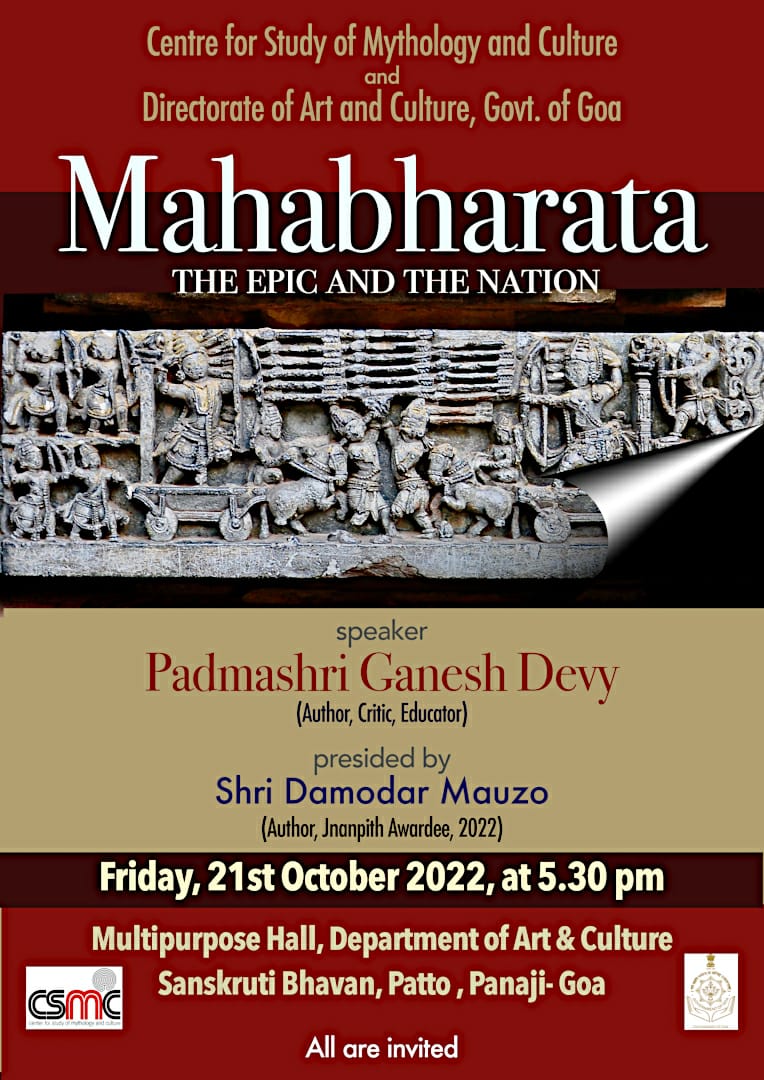
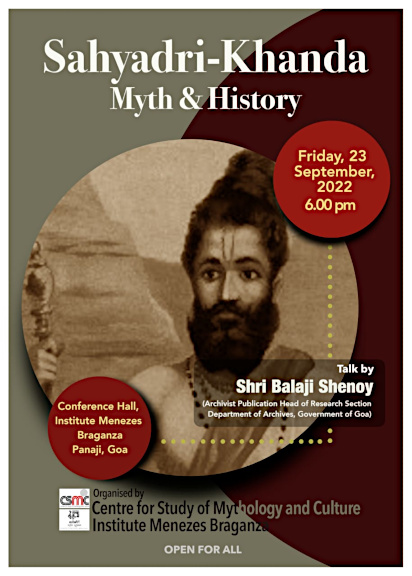
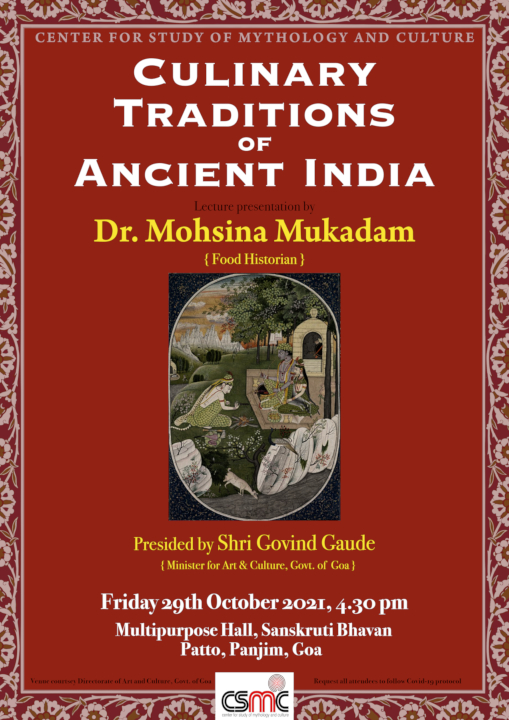

Leave a Comment